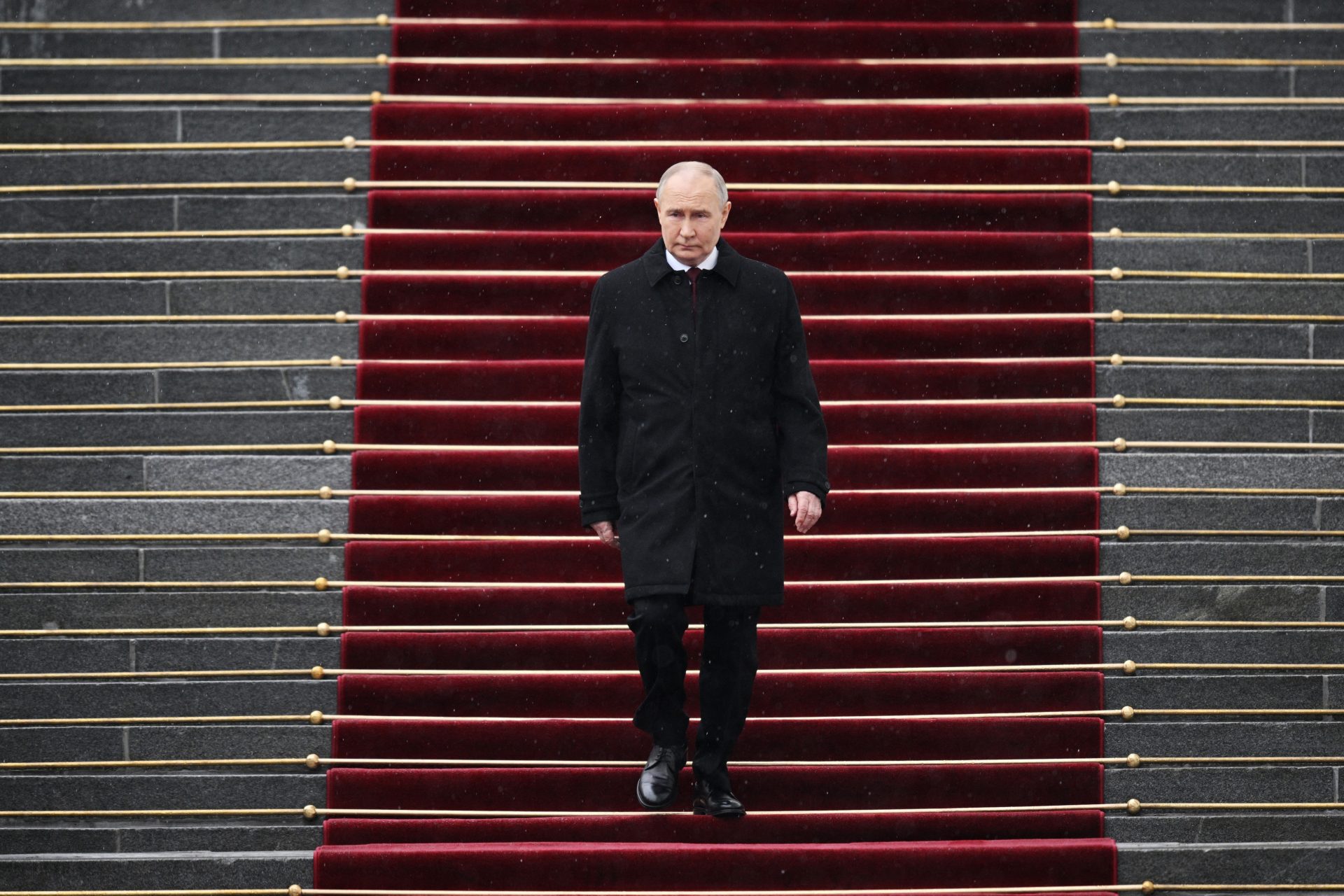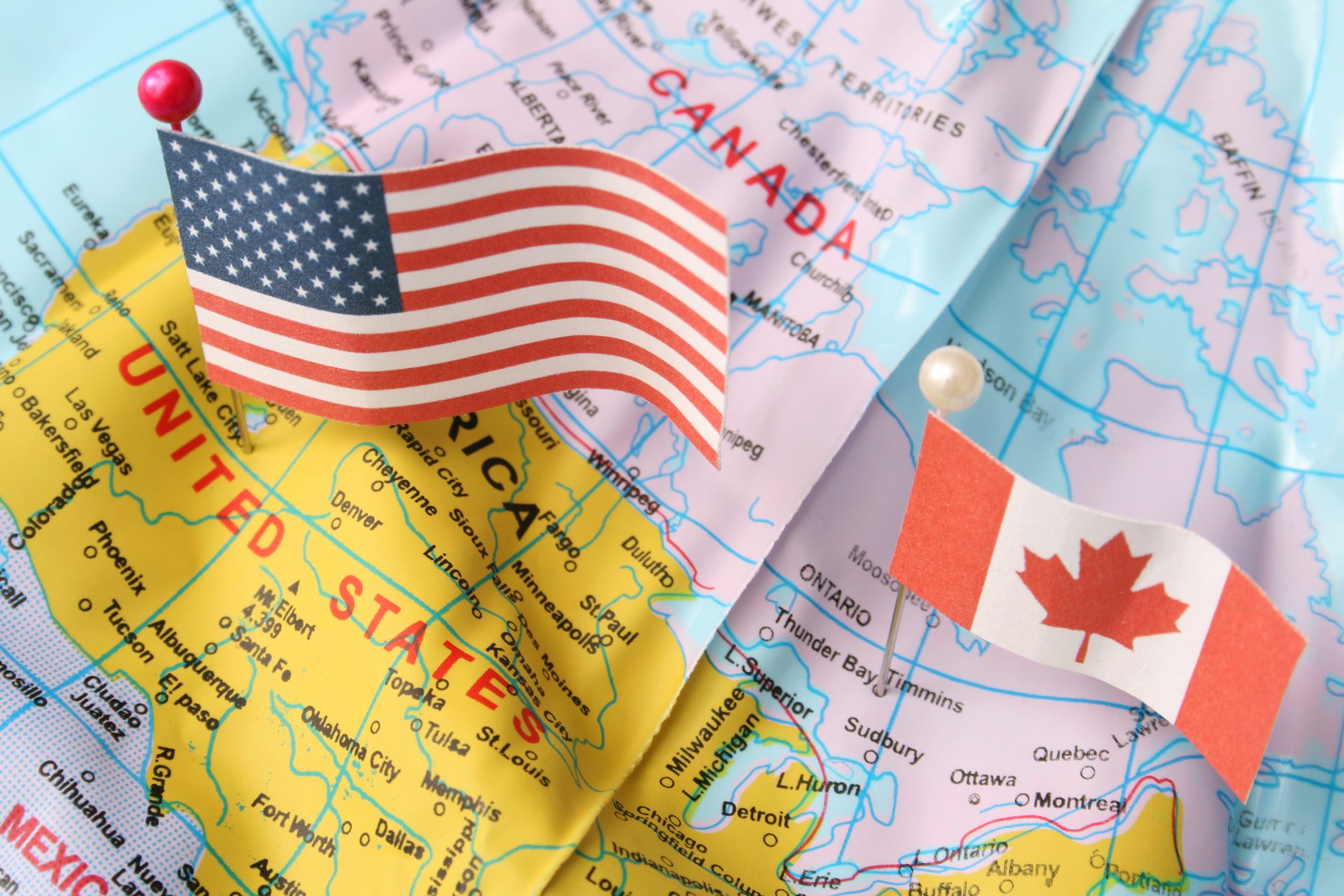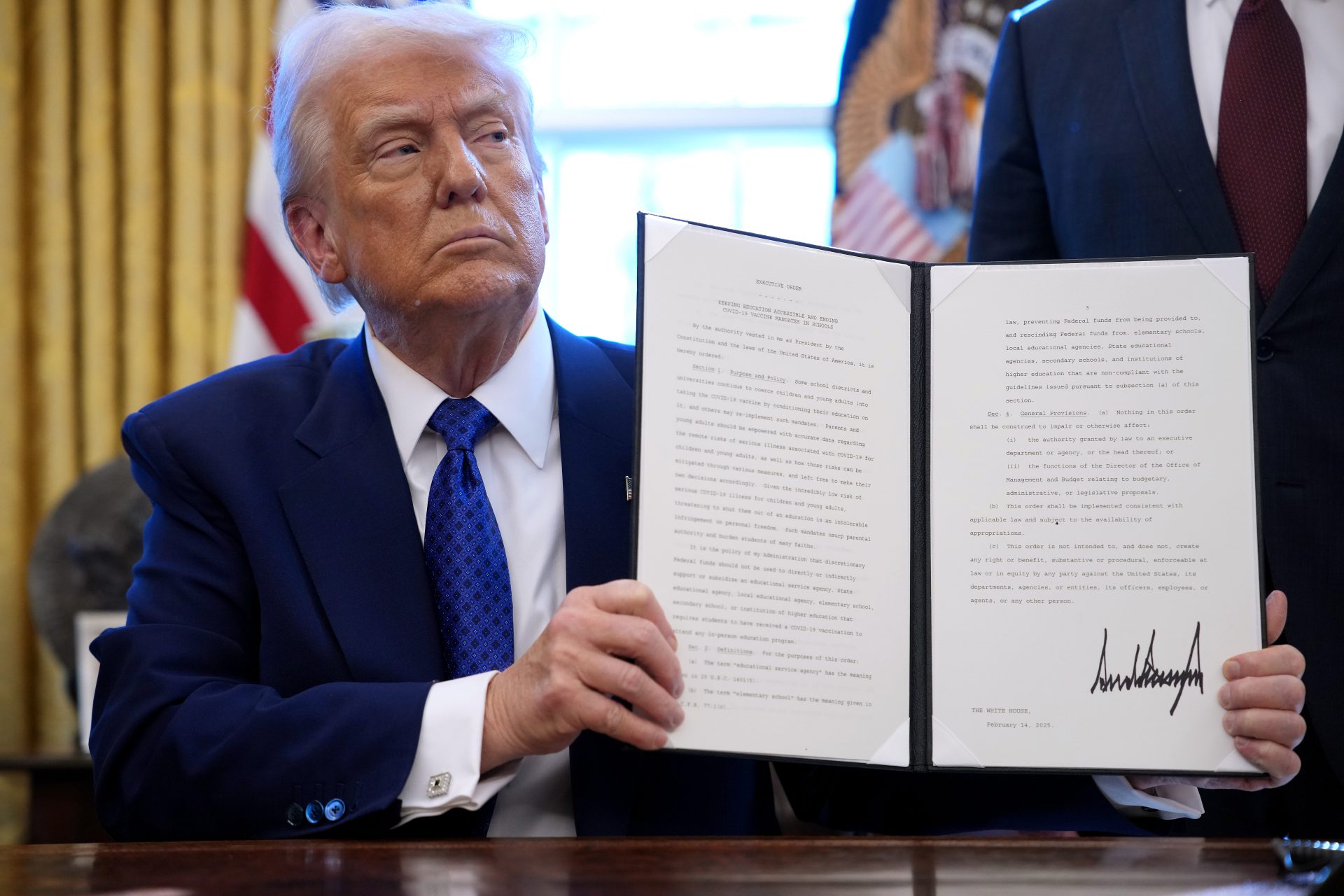A Look at Guantánamo Bay: America’s Infamous Terrorist Prison
Located in southeastern Cuba, Guantánamo Bay Naval Base is a symbol of some of the most extreme actions committed by the United States after 9/11.
This American facility on foreign soil, the target of countless human rights abuse accusations, is a reminder that we still live in a world shaped by The War on Terror.
On September 11, 2001, the world changed forever. Overnight, the optimistic, carefree 1990s came to an end and a new chapter began: The War on Terror.
One of the most infamous elements of The War on Terror is the Guantánamo Bay Detention Center, a US naval base on Cuban soil that despite many promises still remains open today.
The Guantánamo Bay Naval Base was established in 1903 and was one of the provisions established by the Platt Amendment, the conditions the US government requested to withdraw from Cuba after the Spanish-American War.
The Platt Amendment was repealed in 1934 by Franklin Delano Roosevelt, but the United States Navy still remains in Guantánamo Bay, despite continuous protests from the Cuban government.
The legal limbo of Guantánamo Bay (run by the United States while officially remaining Cuban territory) is what led Secretary of Defense Donald Rumsfeld to use it as a detention center. It could be argued that it was outside US legal jurisdiction.
“As long as there remains a need to keep terrorists from striking again, a facility will continue to be needed,” declared Rumsfeld to the press, as quoted by NPR.
The Secretary of Defense made the case that the facility would only house extremely dangerous cases, interrogate detainees and prosecute them for war crimes if necessary.
Amnesty International has dubbed the prison “the Gulag of our times,” as it used to lock up and torture prisoners where they are no longer protected by the rights and conventions established by the US Constitution.
The New York Times reported that since 2002 at least 780 people have been detained in Guantánamo Bay.
Meanwhile, The Guardian reported on January 2023 that 35 prisoners remained there out of which 20 had been recommended for transfer, three are being held in indefinite law-of-war detention and two have been convicted.
As The New Republic points out in a 2014 article, Gitmo, as the center is usually nicknamed, exploits a Geneva Convention loophole where enemy combatants are allowed to be detained on the battlefield as long as it’s not punitive. This is not the case in Guantánamo.
The facility evolved into an icon of some of the worst excesses committed during the George W. Bush years, which were justified with The War on Terror.
Colonel Lawrence Wilkerson, a former aide of Secretary of State Colin Powell (pictured), revealed in 2010 that Bush and Rumsfeld were aware that the majority of detainees first sent to Gitmo were innocent.
“Of the initial 742 detainees that had arrived at Guantánamo, the majority of them had never seen a US soldier in the process of their initial detention and their captivity,” declared Wilkerson, as quoted by The Atlantic.
Reports of torture have been numerous throughout the years and international organizations such as the United Nations, Red Cross, and Amnesty International have denounced the abuses committed inside.
Barack Obama promised to close down Guantánamo Bay and release or transfer those detained, but it proved difficult. The Congress and the Senate blocked most initiatives. By the end of Obama’s presidency, 41 detainees remained at the facility.
A new addition to the facility during the Obama Administration was a courtroom chamber with a military judge, where trials are recorded and streamed with a 40-second delay. There was more transparency, but many felt that Obama had failed to fulfil his promise.
Press attention to the facility dwindled during the Obama years, and there were virtually no changes in Guantánamo Bay during the Trump administration. The world seems to have forgotten about The War on Terror.
One of Joe Biden's promises was closing down Gitmo for good before the end of his administration. However, The New York Times reported in December 2021 that a new courtroom chamber was being built in the facility. One without a public view.
More for you
Top Stories


































